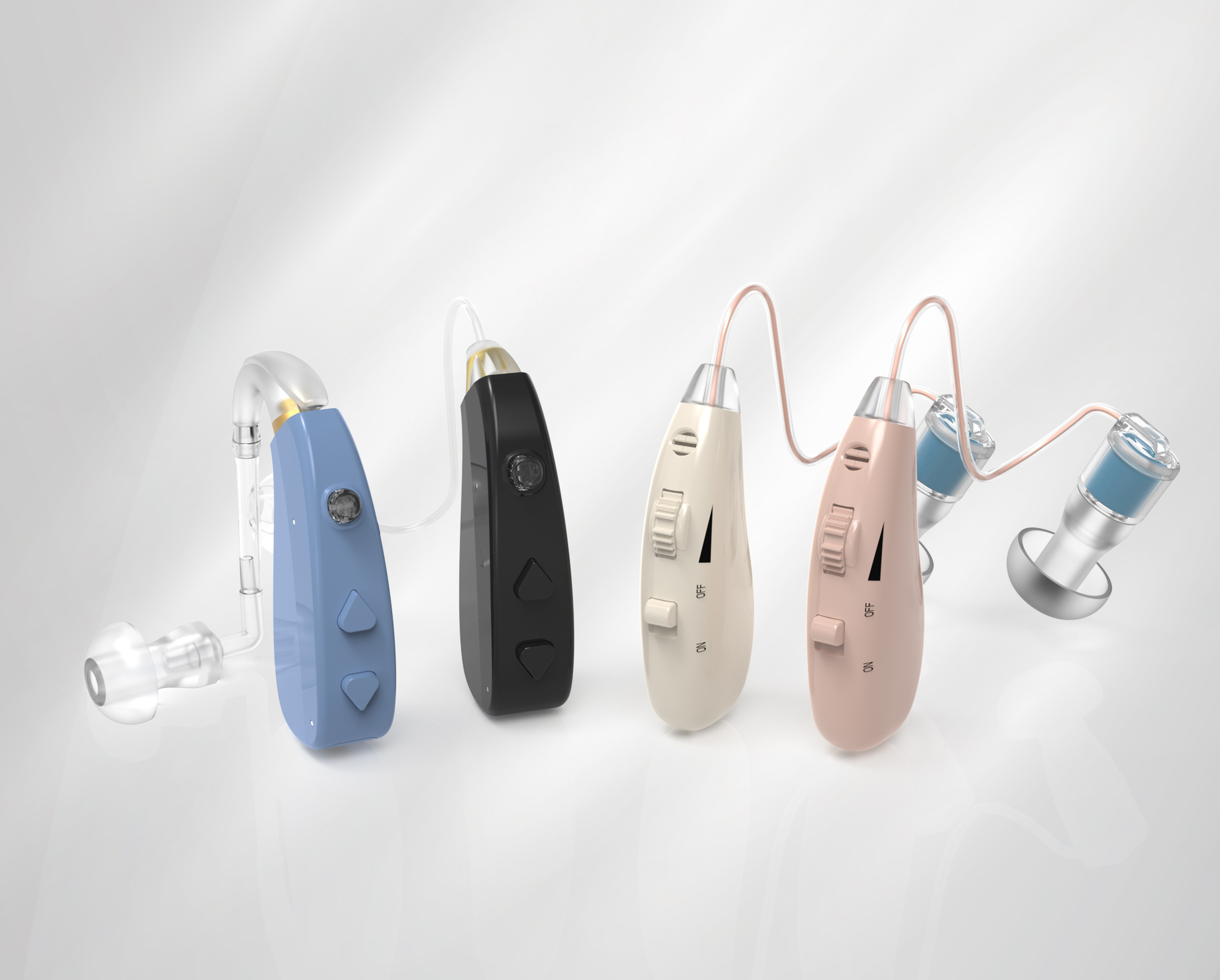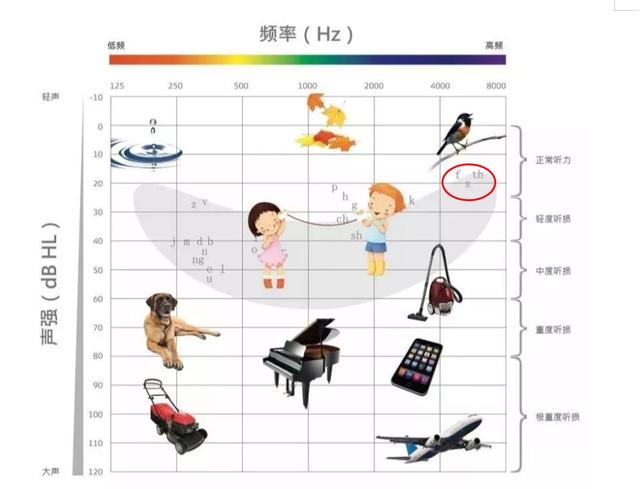
What is the sound quality?
Sound quality is simply understood as sound quality, which generally reflects the objective technical level of sound output of hearing aids. Simply put, the better the sound quality of hearing aids, the more fidelity and natural the sound processing, and the more comfortable it will be.

How important is sound quality when choosing a hearing aid?
For hearing aid users, having good sound quality is the main factor of whether they are satisfied with wearing hearing aids.
Scholars' research shows that among the 10 important factors that affect the effect satisfaction of hearing aids, 5 factors, such as clarity, sound naturalness, richness / fidelity, loud comfort and stuffy feeling, are related to sound quality.
Therefore, when we choose hearing aids for ourselves or our families, we must pay attention to the sound quality. After all, being able to hear and hear clearly is the primary requirement for choosing hearing aids.

So what factors are related to the sound quality of hearing aids? How to judge the sound quality?
Look at the background noise of the hearing aid
Background noise is the background noise, which is the sound produced by the operation of the internal electronic components of the hearing aid. Hearing aids with large background noise will obviously hear a noisy sound even when there is no external sound input.

Background noise has a great impact on users with good hearing or some users with good frequency, and they are easy to feel irritable. Because their hearing is more sensitive, they can hear even small background noise. This is one of the reasons why the better the hearing, the harder it is to choose a hearing aid
Second, how long is the delay time between hearing aids and natural sound?
Although the operation speed of hearing aid chips is very fast, it still takes time to process the collected sound.
For users with light hearing loss or good low frequency, they may hear the amplified sound of the hearing aid mixed with the natural sound directly transmitted to the ear canal through the earplugs, resulting in "tail sound".
It is found that when the delay between the natural sound and the sound processed by the hearing aid is greater than 10 milliseconds, the human ear can perceive it; The delay is 10-30 milliseconds, and the sound has metal texture; A delay of 30-40 milliseconds will produce a sense of emptiness; A delay of 40-150 milliseconds will produce an obvious "echo"; Vision and hearing will not be synchronized for more than 150 milliseconds, just like we can't match the sound and mouth shape when watching TV.
In addition, if the high-frequency sound reaches the hearing aid user's ear before the low-frequency sound, you may hear a short and sharp "Jiji" sound.
Therefore, the overall delay of hearing aids should be as low as possible and at least less than 10ms.
Third, how big is the frequency response range?
The frequency response of hearing aids is called the frequency response of hearing aids, which refers to the function curve of the sound pressure value of hearing aids changing with frequency. Simply put, hearing aids can amplify the frequency range of sound.
Early studies have shown that the upper limit of about 3kHz is enough for normal listeners to understand the language, but for those with sensorineural hearing loss, the ability to use language information is reduced due to auditory nerve damage, and most English consonants "t", "F", "th" and "sh" are above 3 kHz. Therefore, the frequency response range from 100 Hz to 10 kHz of various brands of hearing aids will have a great impact on

what is the range of input sound pressure level?
This word is quite professional. In fact, it means that the volume range of the sound can be input. Before, the hearing aid manufacturer will set the upper limit of this volume to 100dB SPL, that is, 100 dB. When more than 100 decibels of sound enter the hearing aid, the sound signal exceeding the maximum limit in the signal of the hearing aid will be cut off, which is called "peak clipping" by professionals.
The advantage of peak shaving is that the maximum sound output is limited within the specified range, effectively avoiding the damage to the ears caused by strong sounds, such as sudden explosion and sound. The disadvantage is that the sound will be distorted and the definition will be reduced. Therefore, in order to provide natural sound quality, manufacturers will now increase the upper limit of dynamic range to 110dB SPL, and the upper limit of some high-power hearing aids has reached 146db SPL to solve the problem of distortion.
V. how fast does the hearing aid compress sound?
Sensorineural hearing loss may have the problems of not being able to hear a low voice and feeling loud. Therefore, most hearing aids now adopt the "compression amplification" technology, that is, to amplify the small sound and compress the loud sound, so as to control the compression of the sound heard by the ear within a suitable range, so that the user can hear it without feeling noisy.
However, there are two types of compression speed: fast and slow. Each brand has different choices and advantages. Slow compression helps users understand the language clearly. Fast compression is suitable for specific occasions, such as suddenly changing environments.
Therefore, we should choose the corresponding brand of hearing aids in combination with our own living environment.
Vi. which prescription formula is more suitable?
Just as we use mathematical formulas to reference when doing mathematical problems, hearing aids also have fitting formulas. The prescription formula for hearing aid fitting is an algorithm for hearing aids to automatically adjust some parameter values to match the specified target of hearing loss. However, these goals will conflict, so most manufacturers will first consider comfort,
In addition to the above objective factors, everyone also has his own favorite sound quality, so if you want to choose a hearing aid with "good" sound quality, you also need to "listen to it and feel it with your own ears".
When selecting hearing aids, consider the above factors and listen carefully to the previously neglected sounds. You will find that our living environment is so rich and colorful.
Copyright © 2025 Guangdong ENNO Medical Technology Co., Ltd., All Rights Reserved.